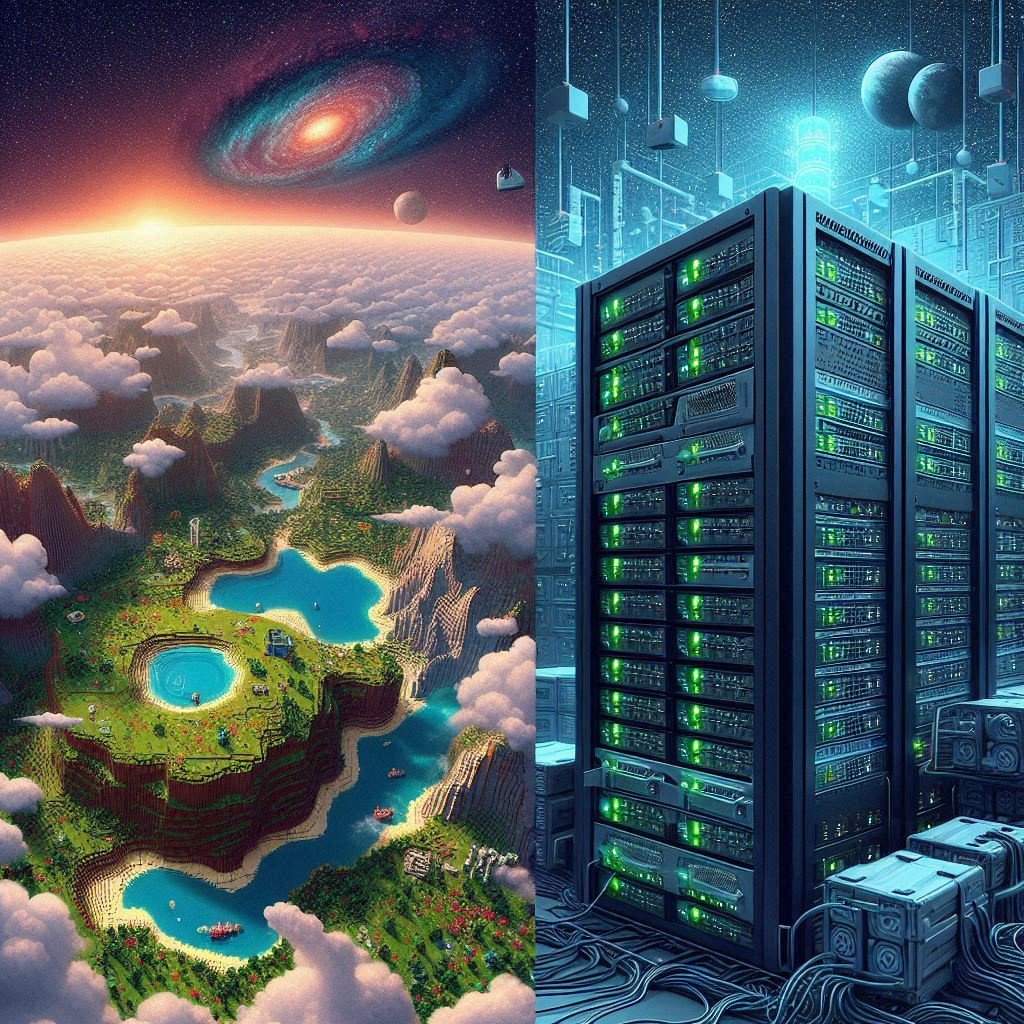Web Foundations & UI
Web Development
- HTML — Structure web tools & dashboards.
- CSS — Style UI and layouts.
- JavaScript — Interactivity & logic.
- Frameworks: React, Vue, Angular
UI / UX Enhancements
- Bootstrap — Component toolkit.
- Tailwind CSS — Utility-first styling.
- Material UI — Material Design components.
- Web Components — Reusable custom elements.
